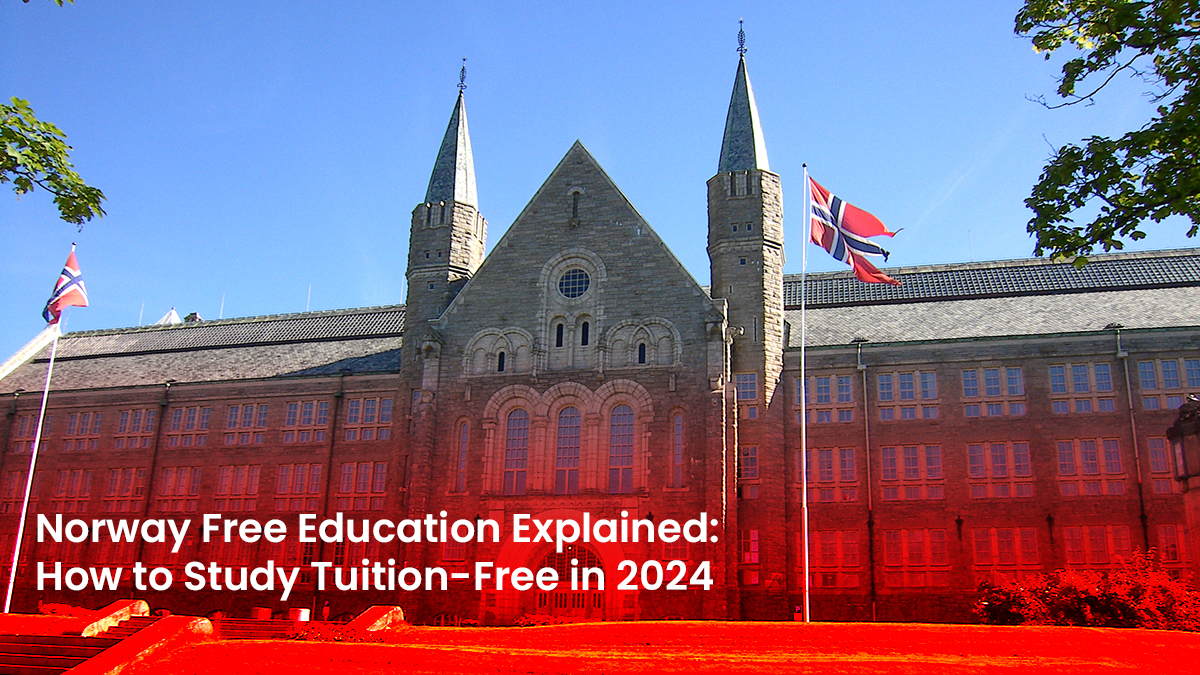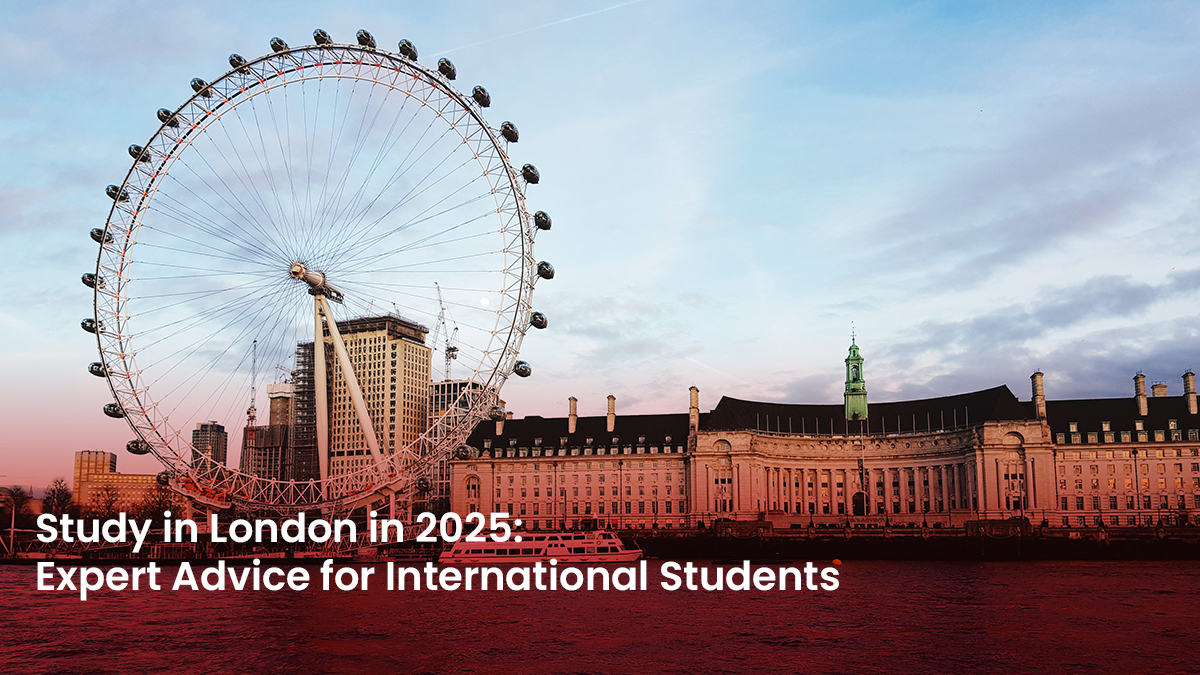The United Kingdom provides domestic and international students with multiple flexible learning pathways. However, according to a report by the International Institute for Educational Planning (IIEP) and the Quality Assurance Agency for Higher Education (QAA) in April 2021, there is still room for more effective collaborations between its four nations—England, Scotland, Wales and Northern Ireland.
Also, due to “regulatory controls and insufficient collaboration” between higher education institutions in the UK, pathway programs fall short of their full potential.
“Flexible Learning Pathways in British Higher Education: A Decentralized and Market-Based System” by John Brennan is the first of eight reports that make up the IIEP-UNESCO Research “SDG 4: Planning for Flexible Learning Pathways in Higher Education.”
According to the report, the UK higher education system currently offers diverse learning options for domestic and international students. However, with the expanding diversity of the student population itself, “achieving a good match between the two diversities remains a big challenge.”
Because of the growing diversity and labour market needs, higher education in the UK has expanded. Governments have also recognized the role of higher education as a major factor in economic growth. Students, likewise, find themselves looking for relevant diplomas and degrees that would better their chances at employment.
According to data collected by the annual Destinations of Leavers from Higher Education (DLHE) survey, annual average salaries differed significantly for higher education graduates, postgraduates and non-graduates.
Because of the growing diversity and labour market needs, higher education in the UK has expanded. Governments have also recognized the role of higher education as a major factor in economic growth. Students, likewise, find themselves looking for relevant diplomas and degrees that would better their chances at employment.
Flexible learning pathways as response
The report finds that in the UK, decisions on “where” to study weigh more than “what” to study, given the different policies and backgrounds of each institution. “Different pathways lead to different destinations for different learners.”
Higher education institutions in the UK, as suggested by the report, need to consider multiple factors that fuel the various needs and goals of domestic and international students. These factors include age, gender, race, geography, and social class. Ultimately, these will play into a student’s decision on which pathways to select and how he follows through his decision.
The report presents that education pathways in the UK are indeed “flexible,” but only so because of the different policies and practices in different institutions. There is a call for greater collaboration, so as to better serve the shifting needs and goals of a diverse student population and labour market.
Data Source:
Brennan, J. (2020, October) Flexible Learning Pathways in British Higher Education: A Decentralized and Market-Based System. International Institute for Educational Planning. Retrieved from https://www.qaa.ac.uk/docs/qaa/about-us/flexible-learning-pathways.pdf
HESA. 2020a. Higher Education Student Statistics, UK, 2018/2019. 20 January 2020. Retrieved from: https://www.hesa.ac.uk/news/16-01-2020/sb255-higher-educationstudent-statistics
The 17 Sustainable Development Goals. United Nations. Retrieved from: https://sdgs.un.org/goals












